
An entertainment park adjacent to the building of Aeon Mall Tokoname. It is packed with activities such as circuits ranging from kids carts to full-fledged rental carts, and "Dino Golf," a mini-golf course dedicated to the dinosaur-themed putter. The popular "Wonder Sky" is an athletic course that progresses while climbing over logs and nets. From kids courses that can be used from the age of 3, to intermediate and advanced courses with a maximum height of 8m, you can experience thrilling aerial adventure attractions. "The Rock", a rock climbing tower that can be used from the age of 4 and up, climbs towards the top of a 7m high tower, and the goal is when the button is pressed. You can challenge as many times as you want for 10 minutes, so try to wear a harness (climbing belt). There are three difficulty levels, you can enjoy from children to adults together.

The Mingtaiko specialty theme park operated by the long-established Kanefuku of Mingtaiko, located in a location looking offshore at Central Japan International Airport Centrair. At the Mentaiko factory, you can see from preparing raw materials to packaging in close proximity. At the Mentaiko Museum, where you can enjoy learning about the history and how to make Mentaiko through video, games, and materials, you can also get knowledge of pollock-related. There is also a food corner of Mentaiko Gourmet, which is attached to the tasting corner, and you can definitely enjoy the size of the jumbo rice balls and the minta soft ice cream, which is irresistible. For souvenirs, mentaiko products just made at the factory on the day.
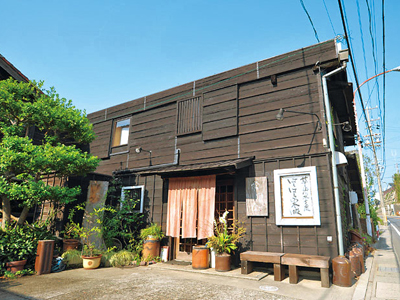
It was built during the Taishō period, and was made using a clay pipe factory. 450 yen for coffee made with beans from Inoda Coffee, a famous restaurant in Kyoto, and 300 yen for cake. For lunch, "Tokoname chirashi", which is hand-kneaded sushi style, is 1500 yen. The second floor is a gallery of Tokoname ware, which is also sold on the spot.
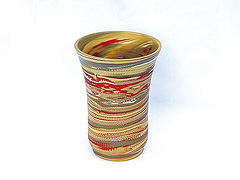
A gallery that exhibits and sells works by renowned Tokoname-yaki writers Hiroshi Koie, Yoshinokei Mizuno, and Kazutsuki Murakoshi (Murakoshi Fugetsu), among others. There are more than 100 kinds of teapot products, and the tea corn in the teapot is also made of pottery.

A multi-purpose space that renovated a factory and kiln that produced clay pipes for three periods: Meiji, Taisho, and Showa. The flame-type square kiln used until 1971 is preserved as it is. In addition, in the art school, you can make it under the polite guidance of a local potter.
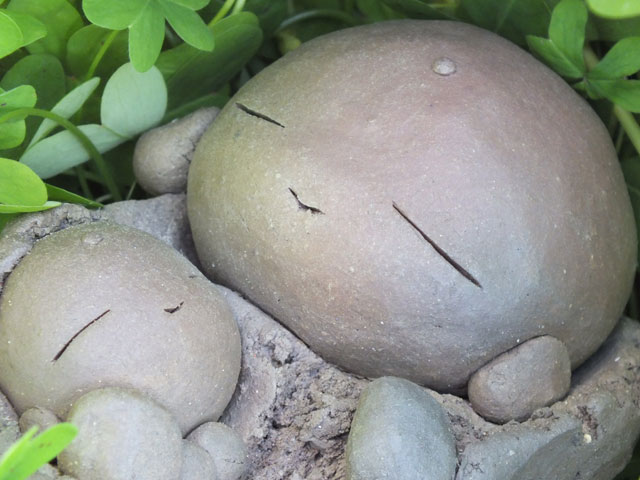
A gallery with a beckoning cat, a vessel, and a teapot made by more than 30 local potters, and a "Jizo-sama" made by the owner.
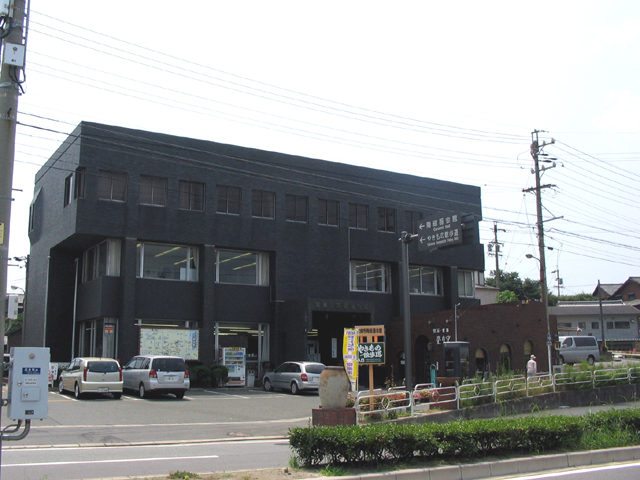
It was built in 1970 for the purpose of widely introducing Tokoname ware. The exhibition room on the first floor displays and sells a wide range of products such as flower ware, tea ware and tabletop supplies. In addition, the Yakimo walk is maintained from here. 45 minutes of travel.
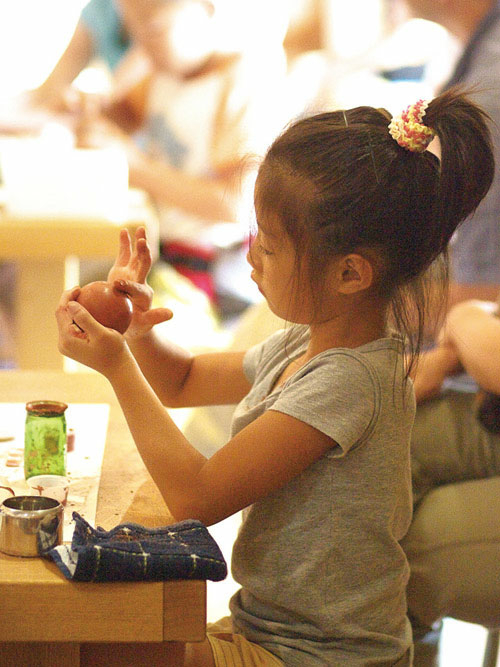
One of the facilities of INAX Live Museum. We have experience classes using soil, such as making glowing doro dango (fee: 900 yen) and making earth pastels (fee: 900 yen). A planned exhibition on the theme of fire, earth and water is also held. Experience is by appointment.
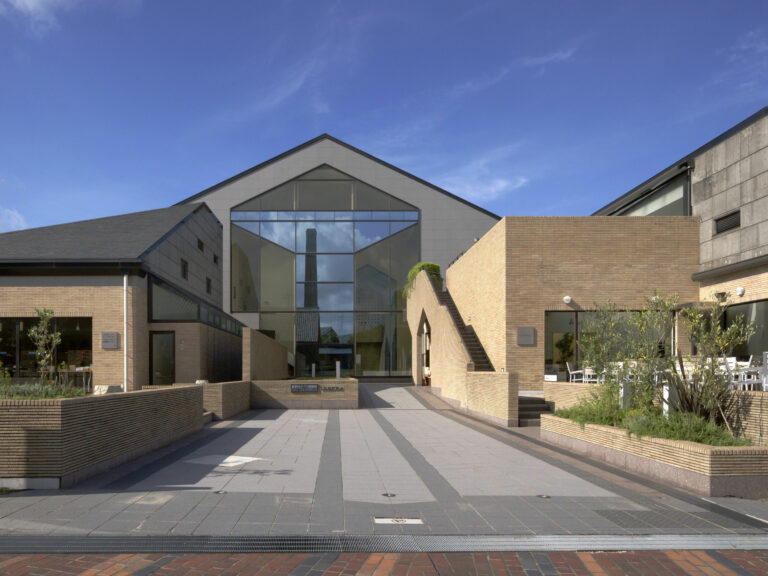
The core facilities of the INAX Live Museum. Depending on the region, culture, and age, more than 7000 decorative tiles with various beauty and uses are stored, and the inside of the hall is like a jewelry box. It is a museum dedicated to tiles, which also has an exhibition that recreates and introduces the history of the creation of tiles in Egypt in BC and the spread of the world in a typical region and country. There is also a permanent display of a unique collection of old toilet bowls with decorations unique to the yakikono.
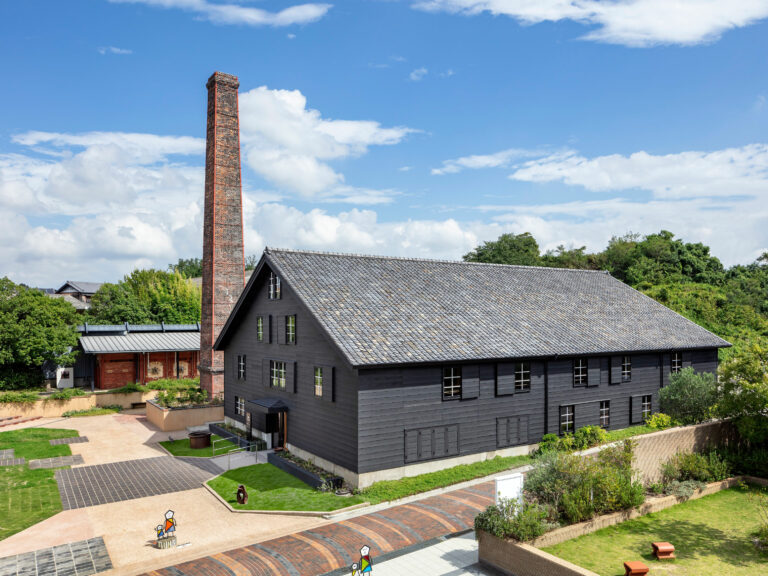
One of the facilities of INAX Live Museum. It is a black building with a large chimney built in 1921, and you can tour the flame-fired Kakuen, which used to mass-produce clay pipes. The inside of the brick kiln is left with glowing glaze marks, giving a mysterious atmosphere. It was reopened in October of the first year of Reiwa (2019), and the exhibition showcasing the soil pipe industry of Tokoname and the appearance of kiln cooking are reproduced in a sense of appearance through projection mapping. National Registered Tangible Cultural Property. Take 30 minutes.










